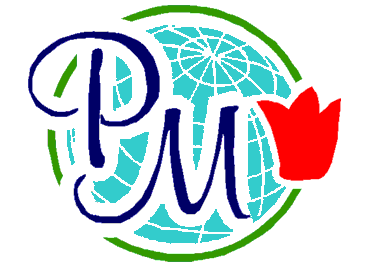

 |
 |
![]()
CINCHONA SUCCIRUBRA - (GUATEMALA )
|
|||||||||||||||||||||
| Table: Alkaloid Content Comparison by Cinchona specie | ||
|---|---|---|
| Species | Total Alkaloids (%) | Quinine Content (%) |
| C. calisaya | 3 - 7 | 0 - 4 |
| C. pubescens | 4.5 - 8.5 | 1 - 3 |
| C. officinalis | 5 - 8 | 2 - 7.5 |
| C. ledgeriana | 5 -14 | 3 - 13 |
| C. succirubra | 6 - 16 | 4 - 14 |
TRIBAL AND HERBAL MEDICINE USES
Cinchona, or quinine bark, is one of the rainforest's most famous plants and most important discoveries. Legend has it that the name cinchona came from the countess of Chinchon, the wife of a Peruvian viceroy, who was cured of a malarial type of fever by using the bark of the cinchona tree in 1638. It was supposedly introduced to European medicine in 1640 by the countess of Chinchon, even before botanists had identified and named the species of tree. Quinine bark was first advertised for sale in England in 1658, and was made official in the British Pharmacopoeia in 1677. Physicians gave credit to the drug and, because of its effectiveness with malaria, it was recognized officially even while the identity of the tree species remained unknown. Several years after the "Countess's powder" arrived in England, it arrived in Spain. There, quinine bark was used by the Jesuits very early in its history and due to the influence of the Company of Jesus, the newly named "Jesuit's powder" became known all over Europe. When the plant was finally botanically classified almost one hundred years later in 1737, botanists still named it after the countess for her contribution. Throughout the mid-1600s to mid-1800s quinine bark was the primary treatment for malaria and it evidenced remarkable results. It was also used for fever, indigestion, mouth and throat diseases, and cancer.
 |
|
Natural quinine bark is still employed in herbal medicine systems around the world today. In Brazilian herbal medicine quinine bark is considered a tonic, a digestive stimulant, and fever-reducer. It is used for anemia, indigestion, gastrointestinal disorders, general fatigue, fevers, malaria and as an appetite stimulant. Other folk remedies in South America cite quinine bark as a natural remedy for cancer (breast, glands, liver, mesentery, spleen), amebic infections, heart problems, colds, diarrhea, dysentery, dyspepsia, fevers, flu, hangover, lumbago, malaria, neuralgia, pneumonia, sciatica, typhoid, and varicose veins. In European herbal medicine the bark is considered antiprotozoal, antispasmodic, antimalarial, a bitter tonic, and a fever-reducer. There it is used as an appetite stimulant, for hair loss, alcoholism, liver, spleen, and gallbladder disorders; and to treat irregular heart beat, anemia, leg cramps, and fevers of all kinds. In the U.S., quinine bark is used as a tonic and digestive aid; to reduce heart palpitations and normalize heart functions; to stimulate digestion and appetite; for hemorrhoids, varicose veins, headaches, leg cramps, colds, flu, and indigestion; and for its astringent, bactericidal, and anesthetic actions in various other conditions. |
NEW farm for securing drying of BARK in a 9-day term year round
CONTAINER BEING LOADED WITH 25-KG BAGS PACKED WITH CINCHONA SUCCIRUBRA FROM GUATEMALA
|
||
 |
DRYING PATIOS |
|
 |
|
| EXTENDING BARK, AS IT DRIES |
|
 |
|
 |
GRINDING BARK |
| WEIGHING OF BAGS BY SGS INSPECTOR |
|
 |
SAMPLING OF BARK BY SGS INSPECTOR |
| LOADING OF CONTAINER |
|
 |
LOADING OF CONTAINER |
|
Traditional Remedy: One-half cup bark decoction 1-3 times daily or 1-2 ml of a 4:1 tincture twice daily. One to 2 grams daily of powdered bark in tablets or capsules can be substituted if desired. See Traditional Herbal Remedies Preparation Methods page if necessary for definitions.
|
| Back to Top |